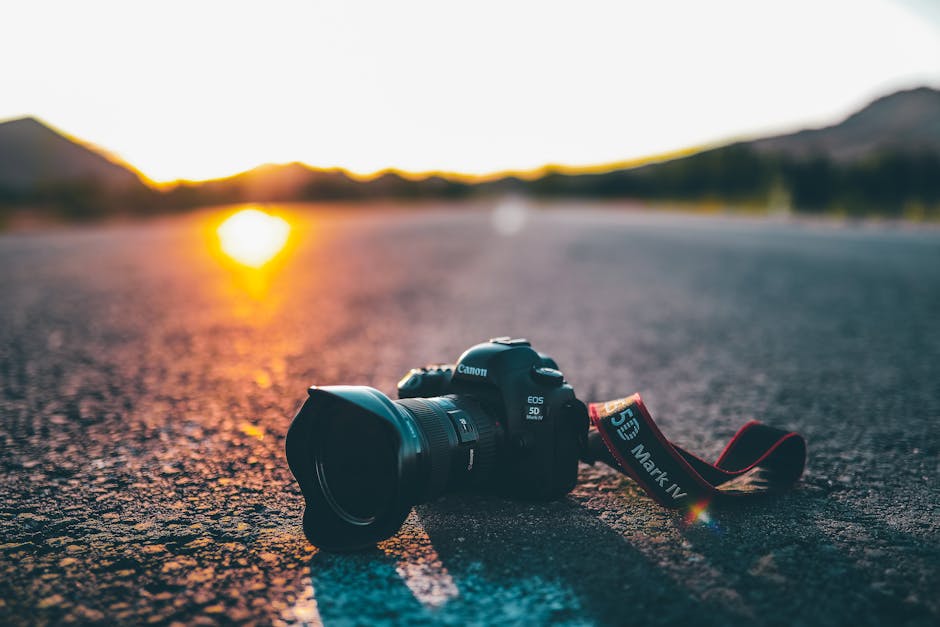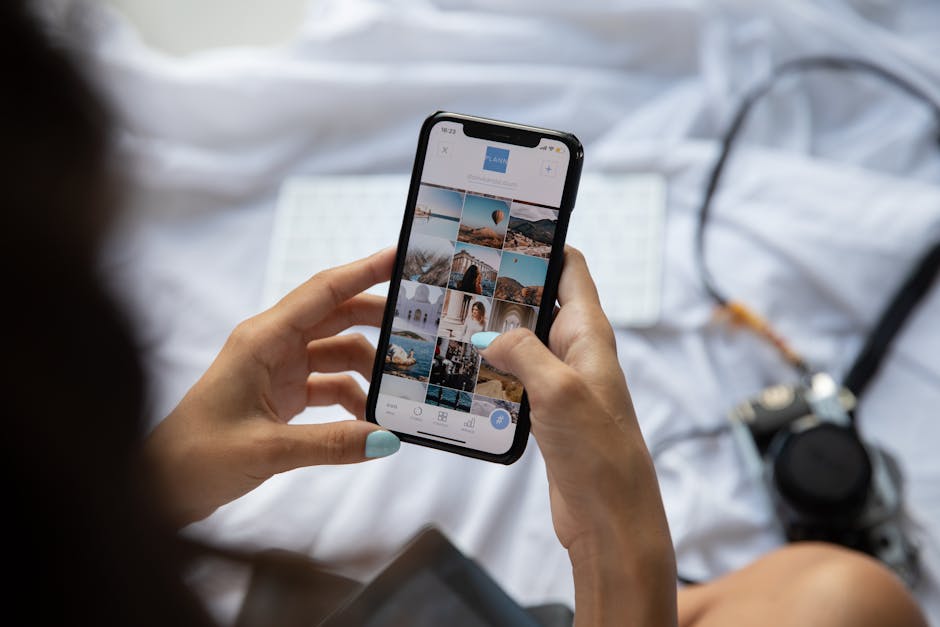Essential Gear for Aspiring Travel Photographers
Travel photography is a thrilling pursuit, blending the excitement of exploration with the art of capturing moments that tell a story. But to succeed in this highly competitive field, it takes more than just a good eye for composition. The right gear can make all the difference between an average shot and an unforgettable one. Aspiring travel photographers need equipment that is portable, durable, and versatile enough to handle a variety of environments and situations. Whether you're wandering through bustling cities or trekking through remote wilderness, having the appropriate tools is essential for maximizing your creative potential and ensuring you’re prepared for any scenario.

The Camera: Your Primary Tool
Your camera is undoubtedly the most critical piece of equipment. For aspiring travel photographers, mirrorless cameras have become a popular choice due to their compact size and high-quality results. These cameras offer many of the same features as DSLR models but are lighter and easier to carry, which is a significant advantage when traveling.
When choosing a camera, factors like sensor size, megapixel count, and autofocus capabilities should be considered carefully. Full-frame sensors provide excellent image quality, especially in low-light conditions, a common challenge when shooting in unpredictable outdoor settings. One popular model that balances portability with professional quality is the Sony Alpha 7C. With its full-frame sensor packed into a compact body, it’s ideal for photographers who need both high performance and convenience while on the move.
For those who prefer DSLRs, models like the Canon EOS 6D Mark II are still great options. They offer robust build quality and long battery life, though they are heavier compared to mirrorless alternatives. Your choice will depend on your personal preferences and shooting style.
Lenses: Versatility Is Key
After selecting your camera, lenses are the next priority. A wide selection of lenses allows you to adapt to different types of scenes, whether you're photographing landscapes, wildlife, or street life. Carrying multiple lenses can become cumbersome, especially during extended trips. This makes selecting versatile lenses crucial.
A solid starting point for travel photography is a general-purpose zoom lens like the 24-70mm f/2.8 lens. This range covers wide-angle shots for landscapes as well as closer portraits or street photography. Another valuable addition is a telephoto lens (such as a 70-200mm) which is ideal for wildlife or distant subjects.
Additionally, prime lenses (though less flexible in zoom) offer superior sharpness and larger apertures for better low-light performance. A 50mm f/1.8 lens (“nifty fifty”) is often recommended as it delivers excellent image quality while being lightweight and affordable.
Tripod: Stability for Every Shot
No matter how steady your hands may be, certain shots require absolute stability, especially long exposures and night photography. A tripod is essential for these situations but finding one that’s both sturdy and portable can be tricky.
Carbon fiber tripods offer a good balance of strength and weight reduction. The Manfrotto Befree Advanced Carbon Fiber Tripod is an excellent choice for travelers due to its lightweight build and compact foldable design. It’s important to remember that portability should not come at the cost of stability; make sure the tripod can support your camera and lens combination without wobbling.

If you want something even more compact, consider mini tripods like the Joby GorillaPod series which allows flexibility by wrapping around objects such as tree branches or railings, perfect for improvising stable shooting angles in unique locations.
Filters: Enhancing Your Images
Filters are often overlooked by beginners but are incredibly useful tools in travel photography. They help control light exposure and enhance colors without needing post-processing adjustments later on.
- Polarizing filters: These reduce reflections from water or glass surfaces while deepening skies' blue tones, excellent when shooting seascapes or bright sunny days.
- ND (Neutral Density) filters: These reduce the amount of light hitting the sensor allowing longer shutter speeds during daytime, for example creating smooth water effects with waterfalls or rivers.
- UV filters: Primarily used for protecting your lens from dust or scratches; they don’t affect image quality significantly but act as inexpensive insurance for expensive lenses.
Backpack: Keep Your Gear Safe
A good camera backpack isn’t just about carrying your gear, it’s also about protection. Given that travel photographers often find themselves in unpredictable environments (from rainforests to deserts) having a waterproof or weather-resistant backpack is critical.
The Peak Design Everyday Backpack combines style with functionality, offering customizable dividers to fit different setups while also being weatherproof. Another option is the Lowepro ProTactic BP 450 AW II which offers more rugged protection alongside quick access compartments for those spontaneous moments where you need your camera instantly available.
Look for bags that have padded sections to keep lenses safe from impact while also featuring enough room for additional accessories such as memory cards, batteries, or snacks during long shoots!
Accessories: The Finishing Touches
Aspiring travel photographers need more than just cameras and lenses, they also require small but essential accessories that help streamline their workflow.
- Extra batteries: Running out of power mid-shoot can ruin opportunities; always pack spares so you don’t miss those golden moments.
- Memory cards: High-capacity SD cards ensure you have enough storage space for large RAW files without constantly changing cards during shoots.
- Cable releases or wireless remotes: Useful when taking long exposures where even pressing the shutter button could introduce camera shake.
- Lens cleaning kits: Dusty lenses degrade image quality significantly; cleaning tools like microfiber cloths are essential items in every photographer's kitbag.
Tying It All Together
The right gear can greatly influence both your ability to capture stunning photographs and your overall experience while traveling. A lightweight mirrorless camera paired with versatile lenses ensures you're ready for different photographic opportunities without being weighed down by excess equipment. Complementing this with practical tools like sturdy tripods and filters allows you to fine-tune your shots while ensuring optimal image quality even under challenging conditions.
Packing additional accessories like spare batteries, memory cards, and protective gear completes your setup so you can focus entirely on capturing incredible images rather than worrying about technical limitations or equipment failure along the way. With careful planning and investment in essential gear tailored specifically toward travel photography needs, you'll be well-equipped to capture unforgettable moments wherever your adventures may take you.